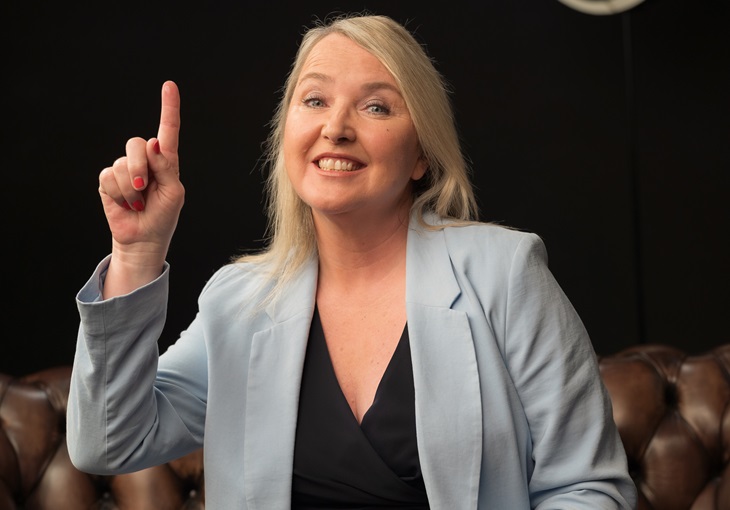Sky-high inflation, energy price hikes and the war in Ukraine are creating “new unknowns” for businesses and creating a mixed picture for the East Midlands economy, new research reveals.
East Midlands Chamber’s Quarterly Economic Survey (QES), which gauges the health of the region’s economy, reported improvements across most indicators in Q1 2022 compared to the final quarter of last year when there was a drop in business confidence due to the Omicron surge.
Despite this, growth remains weak and there are warning signs for what may lie ahead as cashflow dropped into negative territory for the first time in more than a year and investment intentions are restrained.
Chris Hobson, director of policy and external affairs at East Midlands Chamber, said: “The latest QES presents a mixed picture for our region’s economy, as the wave of optimism that encountered the lifting of all Covid-19 restrictions has been diluted somewhat by other factors that are weighing down on businesses’ ability to trade effectively.
“After spending much of 2021 trying to figure out two major ‘unknowns’ – the impact of both the pandemic and the UK leaving the EU – it had felt at the start of this year that we were now equipped to plan for and deal with these.
“Unfortunately, just as we were getting into the swing of 2022, new unknowns have arrived in the form of the terrible events in Ukraine, which has thrown a spanner in the works when it comes to understanding where inflationary pressures and energy prices will top out – not to mention the supply chain disruption this causes across Europe, which is felt in the East Midlands.”
East Midlands Chamber QES Q1 2022 data
More than 350 businesses across Derbyshire, Leicestershire and Nottinghamshire took part in the Q1 2022 survey between 14 February and 9 March.
Key findings from the survey for the East Midlands* included:
- No movement in UK sales between Q4 2021 and Q1 2022, with a net 27% of businesses reporting these increased in both periods, although there was an 8% rise in advanced orders between the quarters
- Overseas sales and orders were up by 7% and 10% respectively
- A net 20% of businesses increased their workforce in Q1 and a net 36% expect to do so in the next three months, representing a 3% and 1% growth respectively on the previous quarter’s findings
- More than six in 10 (63%) of businesses attempted to recruit but, of this cohort, four in five (80%) encountered problems with filling vacancies
- 30% of firms reported cashflow fell, compared to it improving for 27% – marking the first time it has fallen into negative territory for more than a year
- Two-thirds (66%) of businesses expect prices to rise in the next three months, a 4% increase on the previous quarter
- A lack of room at the margins means investment intentions in machinery are down by 2% compared to the end of last year, while there is only a 1% increase in intentions for investing in training between the two quarters
- Despite this, there was a 4% improvement in the proportion of businesses expecting turnover to increase (a net 62% of Q1 2022 respondents believe it will, versus a net 58% in Q4 2021) and a 3% rise for profitability (a net 31% of organisations now believe it will improve)
Price rises and low cashflow the biggest concerns for businesses
Chris said the figures were “encouraging” at first glance but, with many QES indicators relative to what has come before, must be viewed in comparison to a weak final quarter in 2021. At the time, there was uncertainty around the Omicron variant and inflation began to creep up.
The biggest concerns for businesses right now are declining access to cash and margins being squeezed by galloping inflation, the survey found.
“Net cashflow movement is down into negative territory again, suggesting the squeeze is coming on once more with inflationary pressures from all directions,” Chris said.
“Price increases are up on already almost sky-high levels and investment in machinery is down, limiting one of the tools that businesses have to respond to increases in demand and the need to introduce efficiencies.
“We have a heated economy in which demand is still high, but 37% of our region’s businesses are at full capacity and struggling to meet this because they can’t recruit enough staff or don’t have the confidence to invest. Ultimately, our economy isn’t able to grow as fast as it needs to.”
To read the full Quarterly Economic Survey report for Q1 2022, click here.








